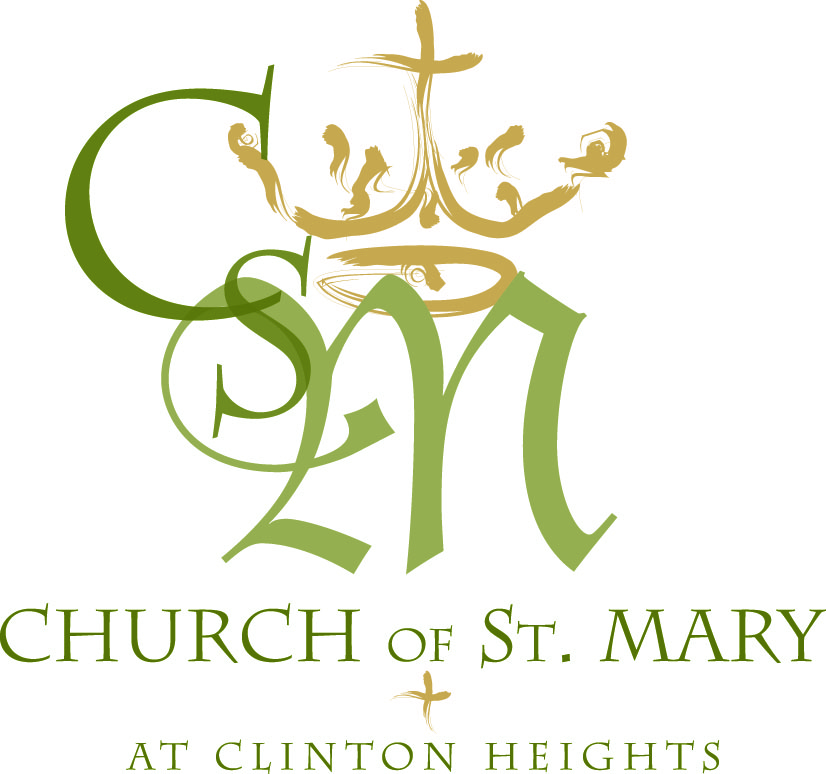We’re well into the Easter Season as this third week after the Resurrection commences. It hasn’t gotten ‘old’, however: this weekend we heard the story of the two disciples on the road to Emmaus. I wonder if we might take a fresh look from a different perspective: maybe we could consider this second Eucharistic meal–the first sacred sharing after the Resurrection of Christ–and reflect on the “Supper at Emmaus”.
This painting from 1601 by Caravaggio may provide deeper reflection and take you in many different directions: possibly you’re drawn to the external features of the two disciples who look worn out and tired; or maybe the innkeeper with his haggard look, and rough stubble; perhaps the garments on the painting draw your eye as we see the effect light has on the tablecloth which will bear the sacred meal. All of these pathways to deeper reflection and greater appreciation for the gifts of the Eucharist and Resurrected Glory are valuable, yet I wonder if we might consider one further aspect: the progression of the Meal.
As the meal at the inn progresses, the earlier ‘liturgy of the Word’, if you will, which they shared on the road, flows into a Liturgy of the Eucharist when Christ blesses the bread and wine at the meal table, done in remembrance of the first Eucharistic celebration accomplished a few days earlier in the Upper Room and later fulfilled on the Cross. “And it happened that, while He was with them at table, He took bread, said the blessing, broke it and gave it to them. With that their eyes were opened and they recognized Him, but He vanished from their sight” (Lk 24:30-31).
In this painting, Caravaggio conveys the mystery of this sacramental moment by showing the viewer that this particular roll of bread has already been broken. There is a piece of the bread roll already in front of Christ, and two other pieces, one each in front of the disciples. The breaking of the bread, another early name for the Eucharist, has already taken place. Furthermore, the attentive viewer will see that our painter has not placed a piece of the bread in front of the innkeeper. He stands barely attentive, but more importantly, seemingly without recognition of what has thus taken place in the preceding faith-moment. If you search the servant’s eyes, you will notice that his view is toward the top of the Lord’s head…he has not yet been drawn into the mystery of the Resurrection, nor the offering of Christ’s whole body and blood. Still, the offering of the meal is still accessible to him, if he can only see it, appreciate it, and allow himself to be drawn by it and into it.
For us, we are so very blessed that the Lord’s offering of the Eucharist is continually shared: offered in the paschal Triduum of Christ, offered again at Emmaus house, and offered again and again–over and over–in all the corners of the world. May we see Him, and become one with each other and with Christ.
A blessed continuation of this glorious Easter Season!
Fr. David






